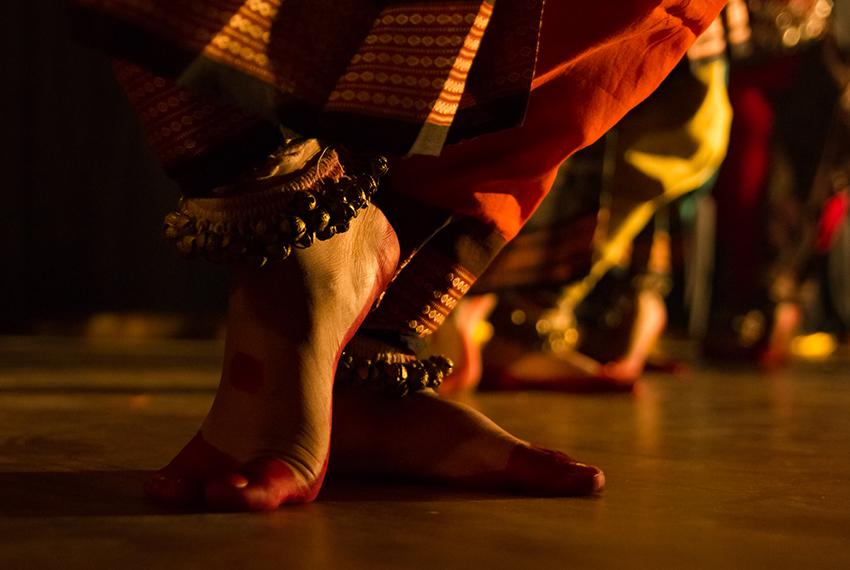Aesthetics is mainly a philosophical study of beauty and taste. Related to the philosophy of art, it is concerned with the nature of art and also its concepts, purposely on which an individual works. It is a form of interpretation of an individual for a particular form of art.
Not just this, but the very old saying “Beauty is in the eye of the beholder” makes all the sense as beauty is something that an individual perceives as well as responds to. It might happen while observing a dance form, watching a sunset, watching a bloomed flower, a view from a mountain, a woman doing shringar or the way these tribes dress.
These are all certain kind of experiences and have an aesthetic response to it. An aesthetic response is the thoughts and feelings that emerge because of the character or qualities of an observed object. When something is created by human and gives us some sense of commonality, happiness and let us experience its creation and be able to appreciate that has been created also falls under the field of aesthetics.
Art can be defined as human-made beauty and beauty of such man-made things is directly related to its meaningfulness which not only includes its functions but also has reasoning behind. An ornament is beautiful because it holds some specific meaning and a reason behind.
Shringar and its aesthetics
Mainly in our Indian culture- beauty, art and aesthetics are related to "Shringar.” The word Shringar in Sanskrit means romance, love, decoration and beauty and being attractive in an aesthetic sense. It does give rise to all kinds of love. Shringar fits in as a means of beautification and adornment to delight as well as attract one’s beloved or others who observe them. This implies that inherent beauty exists everywhere and beauty can be seen and observed everywhere.
As per the Indian mythology, Lord Krishna’s Ras Leela is incomplete without the shringar ras. It is a traditional story of Krishna where he dances with Radha and her friends, after dressing up from head to toe. In Ras Leela, Ras stands for “aesthetics” and Leela stands for “act”.
Denoting love and attraction, aesthetics in such a form possesses the power to heal everything around it. Being an extremely pleasurable view for one’s eyes it evokes emotions which helps one relax and feel better! Flowers, colours, fragrances add to shringar to one’s life. Even though it is superficial, it gets a deeper meaning when one gets overwhelmed by it and gives it an emotional as well as a spiritual touch. Be it a woman adorning vermilion, wearing bangles, having applied kohl in eyes, pink lips, wearing a large red bindi- such beauty evokes aesthetics of illusion and helps us experience which we generally don't regularly.
In today's world, the majority of us tend to believe and fall for the conventional ideas of external beauty. Nobody tends to get overwhelmed by the simplicity of it and the natural radiance of one’s aura. But beauty remains as one which can induce emotions in a person to be able to experience and not just browse through it superficially.
Beauty is not merely for an eye but something beyond. When writing a letter, just the handwriting is not what defines its beauty but the emotions it is written with and the emotions felt while reading it. Tying a foot ornament doesn't have its beauty restricted to how it looks but the sound it creates while a woman walks while having worn it and also how it enhances the beauty of one's feet. Applying vermilion doesn’t have its beauty in its colour but the emotions behind as to why it is adorned by a woman and the way she smiles while she does it. All such things surrounding us, are a whole and always more beautiful than just a fragment.
Let’s appreciate the beauty and aesthetics of all around us beyond just what we see or observe. Let us go beyond the visuals and appreciate how and what it makes us feel.

